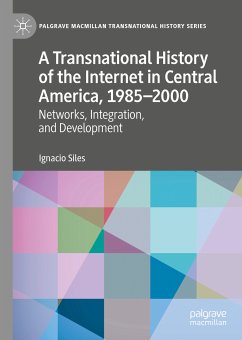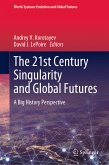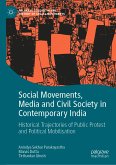This Palgrave Pivot analyzes how six countries in Central America—Costa Rica, El Salvador, Guatemala, Honduras, Nicaragua and Panama—connected to and through computer networks such as UUCP, BITNET and the Internet from the 80s to the year 2000. It argues that this story can only be told from a transnational perspective. To connect to computer networks, Central America built a regional integration project with great implications for its development. By revealing the beginnings of the Internet in this part of the world, this study broadens our understanding of the development of computer networks in the global south. It also demonstrates that transnational flows of knowledge, data, and technologies are a constitutive feature of the historical development of the Internet.
"A Transnational History is an attempt to detach the histories of the internet in Latin America from national narratives and early adopters. Siles's contribution interweaves local histories of technology, highlighting the common processes that made it possible to integrate the internet in Central America." (Fabian Prieto-Ñañez, Technology and Culture, Vol. 63 (2), April, 2022)








